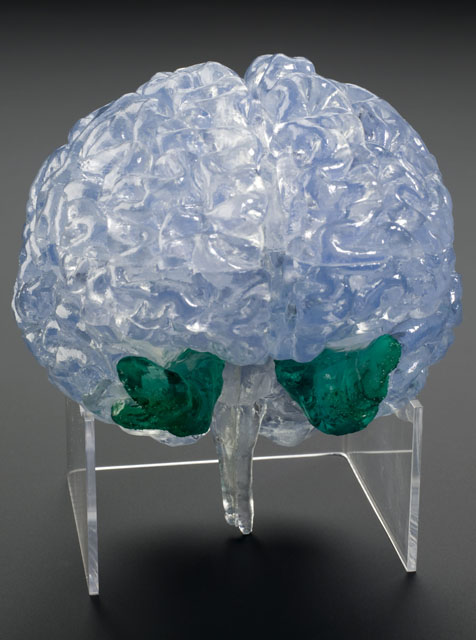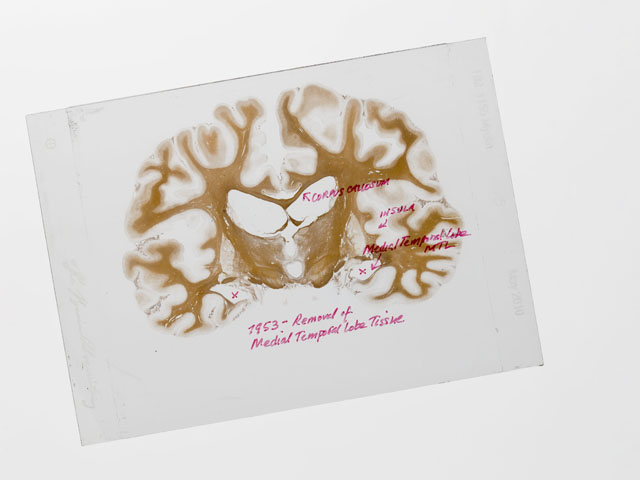When you think of the world’s most famous brain, whose comes to mind?
Freud’s? Einstein’s? Marie Curie’s perhaps?
True, all these had quite a lot to offer in the grey matter department, but when it comes to offering the world a clearer picture of the human brain and providing vital insights into the formation and storage of memories, the prize goes to a man by the name of Henry Molaison.
In 1935, 9 year old Henry got in an accident with a cyclist in his home town of Hartford, Connecticut; he hit his head and later developed intractable epilepsy. In 1953 at the age of 27, in an attempt to correct his seizures, he was referred to William Beecher Scoville, a neurosurgeon at Hartford Hospital, for treatment. At that time, neuroscience was quite rudimentary and the procedure carried out on Henry was unprecedented. Scoville removed both temporal lobes of his cerebral cortex and a sea-horse shaped structure called the hippocampus. That’s quite a lot of brain tissue gone.
Brain model- green sections indicate the Temporal lobes removed by Scoville
The operation succeed in dissipating his seizures, but unfortunately he emerged unable to form new memories. They had removed a part of his brain that was responsible for storing short term memories! Neurologists refer to this state as profound amnesia.
He lived the rest of his life this way, remembering events that occurred before his operation and unable to form new ones after it. He knew his mother was Irish and also about World War 2, recalling almost nothing after that. Luckily for the world of neuroscience, Henry wanted to help people and gave himself to neurological research for the rest of his life until his death in 2008.
Before Henry Molaison (or Patient HM as he is often known to psychology and neuroscience students), memory was an abstract idea, now, thanks to Henry and his brain, we can see where long and short term memory areas are formed in the brain.
Section of HM's brain indicating where tissue was removed
Had Henry not being so willing to help science to better understand the human brain, many people may not have received the treatment they needed to help with their conditions.
How do you feel about donating your body to Science?
Can you think of any reason that would prevent people from doing so?
Would you donate your pet’s body to science?
If you would like to see and hear elements of this fascinating story, visit the Who Am I gallery on the first floor in the Wellcome wing of the museum.
–James Carmody

